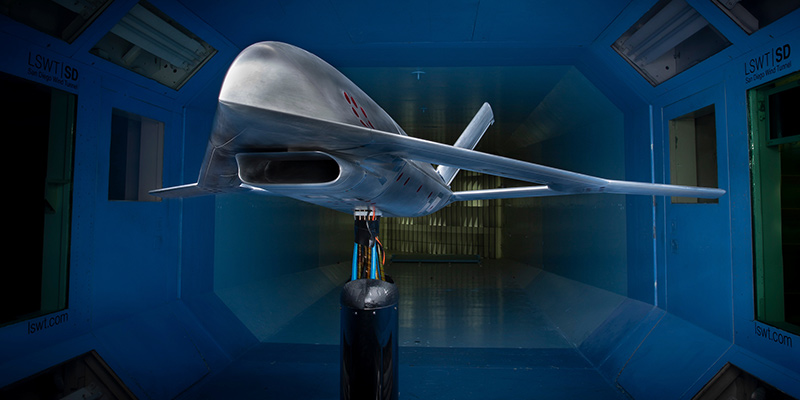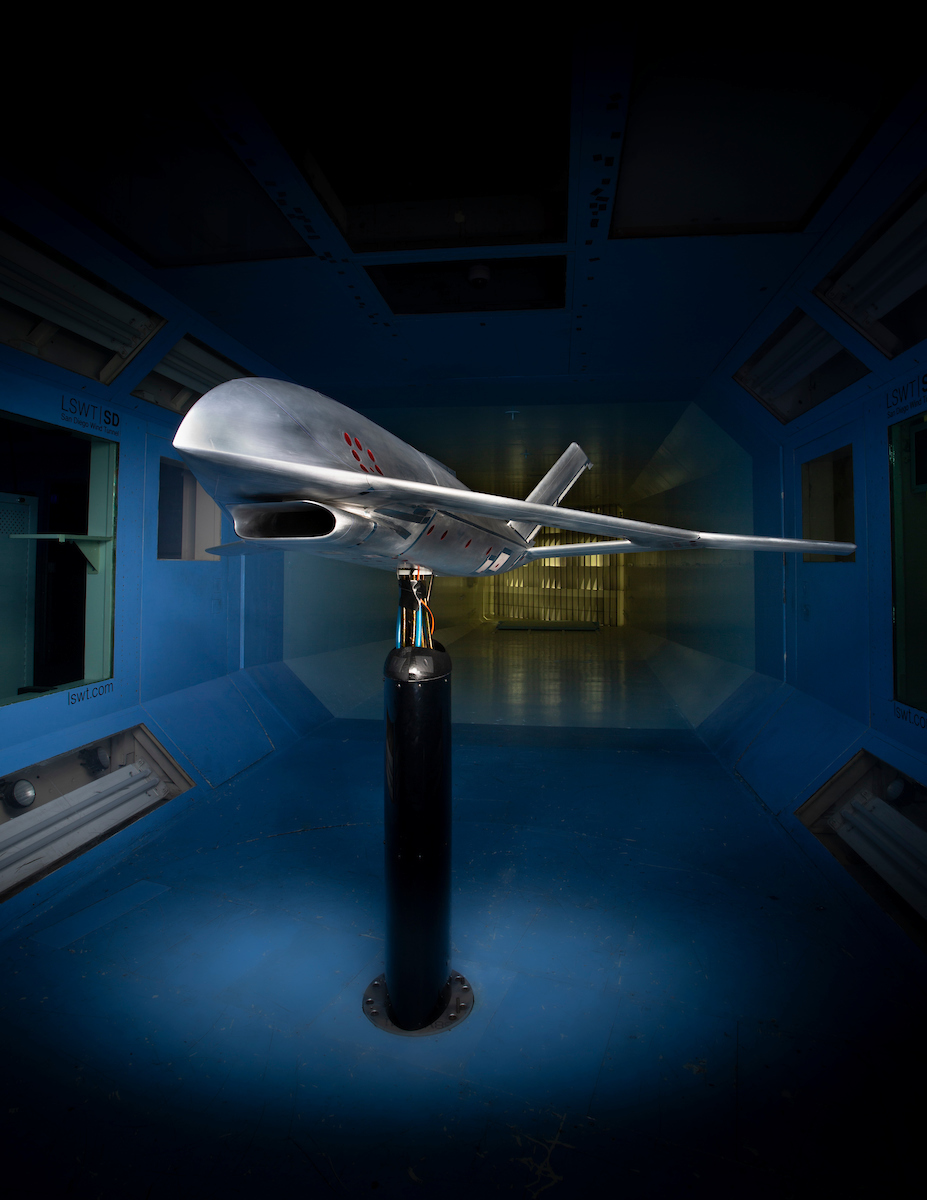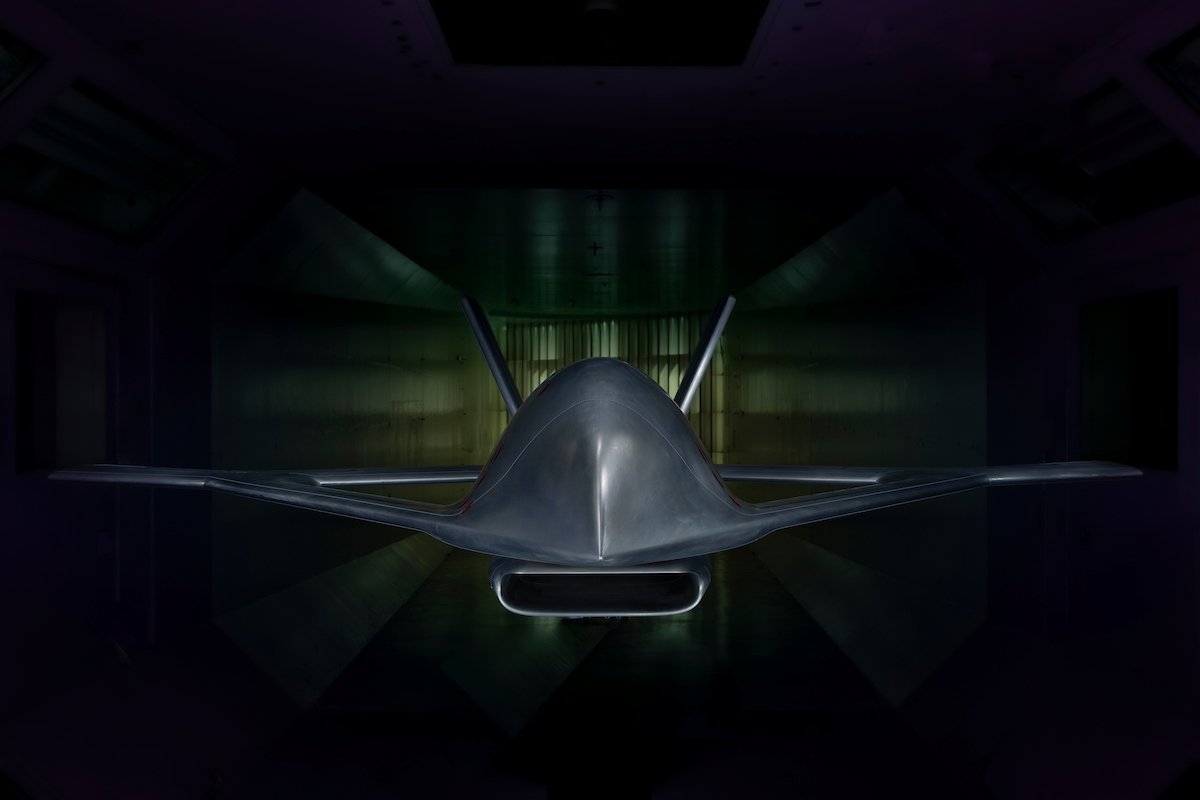Aurora Flight Sciences, a Boeing Company, recently conducted wind tunnel testing of its X-plane candidate for the Defense Advanced Research Projects Agency (DARPA)’s Control of Revolutionary Aircraft with Novel Effectors (CRANE) program. The data collected provides a rigorous foundation for developing flight control laws using active flow control (AFC) as a primary control effector.
Wind tunnel testing was conducted as part of phase 1 of DARPA’s CRANE program, which includes system requirements development, initial design work, software development, and initial airworthiness activities. The CRANE program, overall, aims to design, build, and flight test a novel X-plane that demonstrates quantifiable benefits of designing with active flow control.
“Aurora’s work on CRANE continues our history of proving ground-breaking technologies from concept to flight test,” said Per Beith, President and CEO of Aurora Flight Sciences. “Through the DARPA CRANE program, Aurora is advancing AFC technology for application to next generation aircraft.”
Aurora is designing an X-Plane that uses AFC for multiple effects, including flight control at tactical speeds and performance enhancement across the flight envelope. This work is widely applicable, across tactical and non-tactical aircraft, and aims to provide the confidence needed for future aircraft requirements to include AFC-enabled capabilities.
“Leveraging Boeing’s targeted investments in active flow control, our advancements on the CRANE program aim to further validate the technology’s potential benefits to improve efficiency and performance for both commercial and military aircraft,” said Laurette Lahey, Senior Director, Boeing Research and Technology, Flight & Vehicle Technology.
Using a 25% scale model, Aurora conducted tests over four weeks at a wind tunnel facility in San Diego, California. In addition to 11 movable conventional control surfaces, the model featured 14 AFC banks with eight fully independent controllable AFC air supply channels. Over 14,000 data points were collected, including 8,860 AFC control power points, forming the foundation for a flight-quality aerodynamic database to enable rapid execution in future program phases.
The test team consisted of Aurora and Boeing engineers with expertise in aerodynamics, conceptual design engineering, and test & evaluation. Test data has since been incorporated into vehicle models to characterize active flight control performance across the operational envelope and continue progressing design development.




